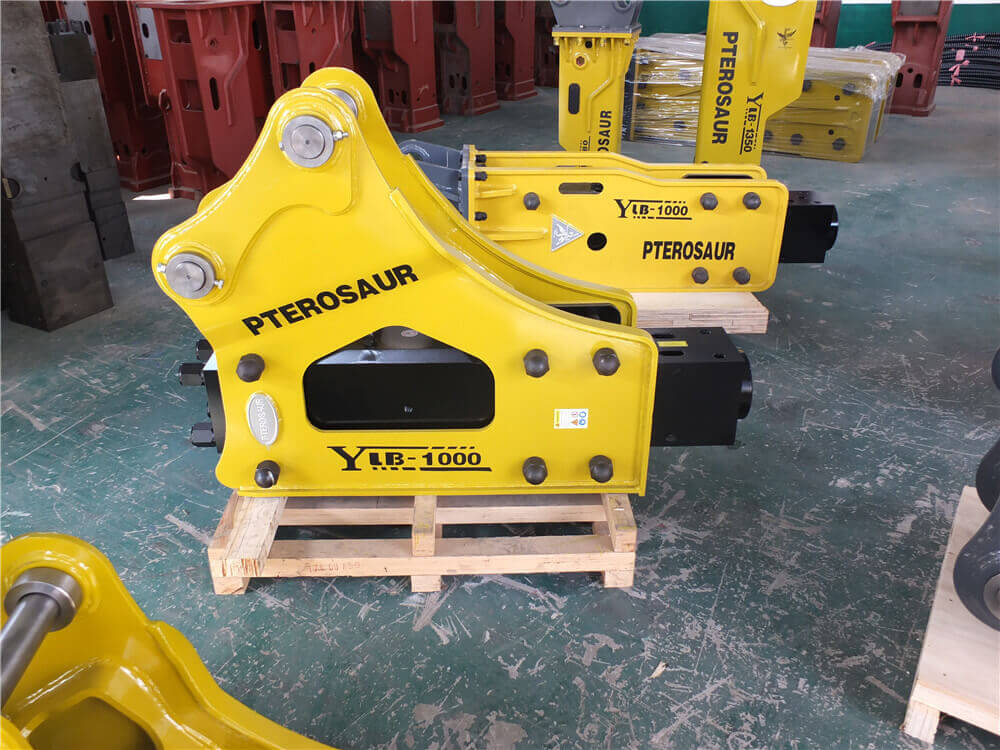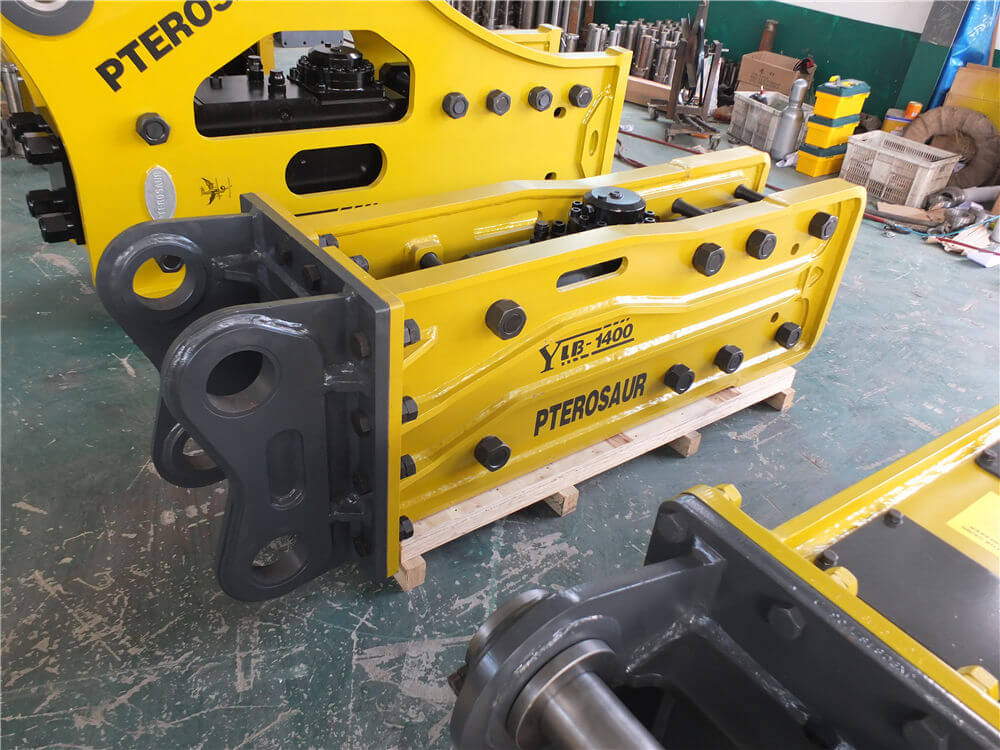Understanding Kubota Hydraulic Quick Couplers: A Comprehensive Guide
Kubota tractors and equipment are known for their reliability and efficiency, especially when it comes to hydraulic systems. One of the essential components of these systems is the hydraulic quick coupler, which facilitates easy connection and disconnection of hydraulic lines. This article delves into the various aspects of Kubota hydraulic quick couplers, their benefits, common issues, and solutions.
What is a Hydraulic Quick Coupler?
A hydraulic quick coupler is a device that allows for the rapid connection and disconnection of hydraulic hoses. This is particularly useful for operators who frequently switch attachments on their tractors, as it minimizes downtime and enhances productivity.
Benefits of Using Kubota Hydraulic Quick Couplers
- Efficiency: Quick couplers enable users to quickly switch between different implements without the need for tools, saving time on the job site.
- Reduced Spillage: These couplers are designed to minimize hydraulic fluid spillage during disconnection, helping to maintain a cleaner working environment.
- Durability: Kubota hydraulic quick couplers are built to withstand the rigors of agricultural and construction tasks, ensuring long-lasting performance.
- Compatibility: Many Kubota couplers are designed to be compatible with various attachments, including those made by other manufacturers, enhancing versatility.
Common Issues with Kubota Hydraulic Quick Couplers
Despite their advantages, users often encounter problems with hydraulic quick couplers, particularly with certain models in the B and BX series. Some common issues include:
- Leaking Hydraulic Couplers: One of the most reported problems is leaks from the hydraulic couplers, which can lead to decreased efficiency and potential damage to the hydraulic system.
- Difficulty in Disconnecting: Some users have experienced challenges in disconnecting the couplers after prolonged use, often requiring additional tools or force to remove them.
Solutions and Replacements
To address these issues, several solutions and replacement options are available:
- Replacement Kits: For users experiencing leaking couplers, replacement kits such as the Kubota Quick Coupler Replacement Kit are available. These kits are specifically designed to replace problematic couplers with more reliable options.
- Upgraded Couplers: Some users have found success in upgrading to higher-quality quick couplers, such as those from Summit Hydraulics, which offer improved sealing and reduced leakage.
- Dust Caps and Plugs: To maintain the integrity of couplers when not in use, dust cap and plug sets can be purchased, which help keep out dirt and debris that could otherwise compromise the couplers’ functionality.
Installation and Maintenance Tips
- Proper Installation: Ensure that couplers are installed correctly, paying attention to the manufacturer’s specifications regarding torque and alignment.
- Regular Inspections: Frequently inspect couplers for signs of wear or damage, particularly after heavy use or exposure to harsh conditions.
- Use of PTFE Tape: When installing threaded couplers, using PTFE tape can help create a better seal and reduce the chances of leaks.
Conclusion
Kubota hydraulic quick couplers play a crucial role in the functionality of Kubota tractors and attachments. By understanding their benefits, common issues, and available solutions, operators can enhance their operational efficiency and prolong the life of their hydraulic systems. Whether you are a seasoned operator or new to Kubota equipment, being informed about hydraulic quick couplers is essential for maximizing performance and productivity on the job.




































